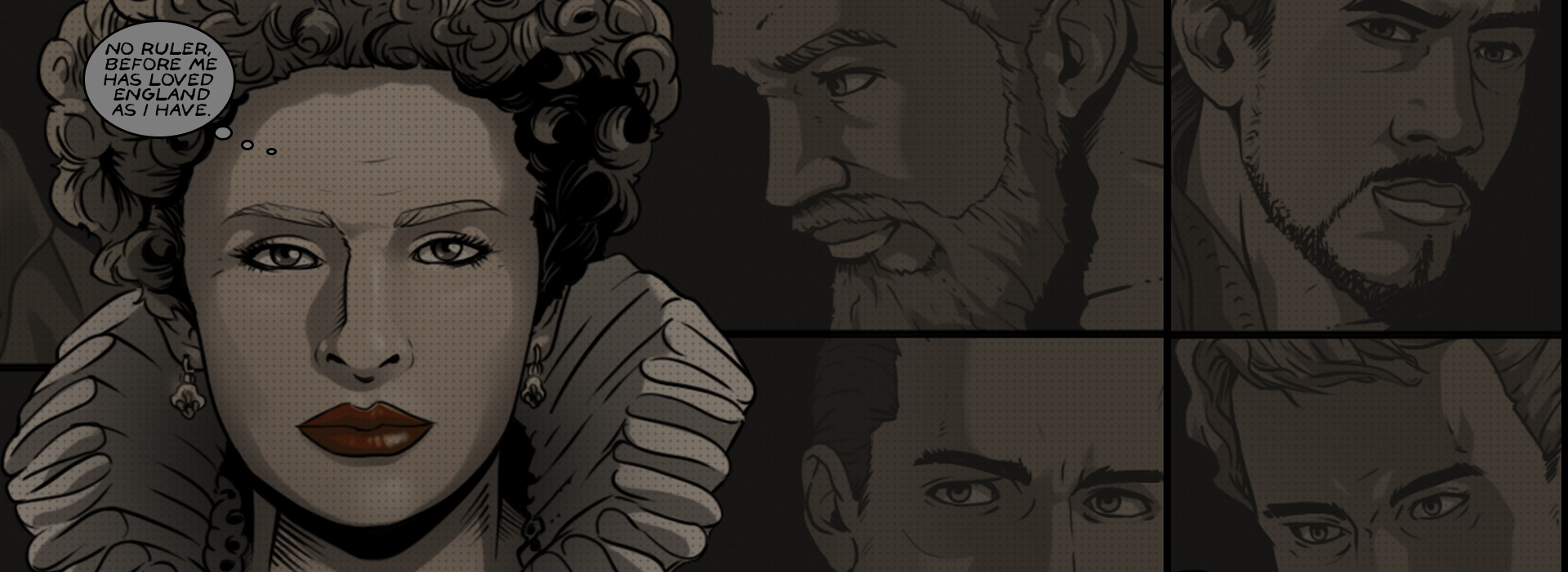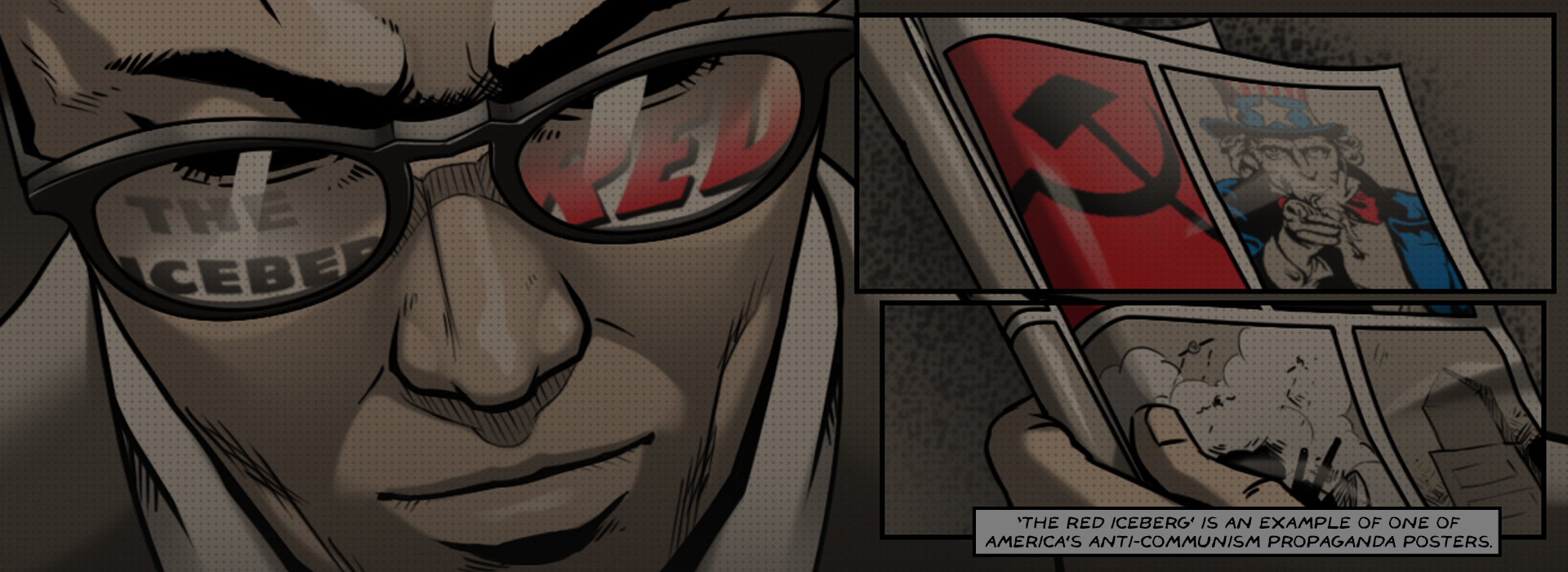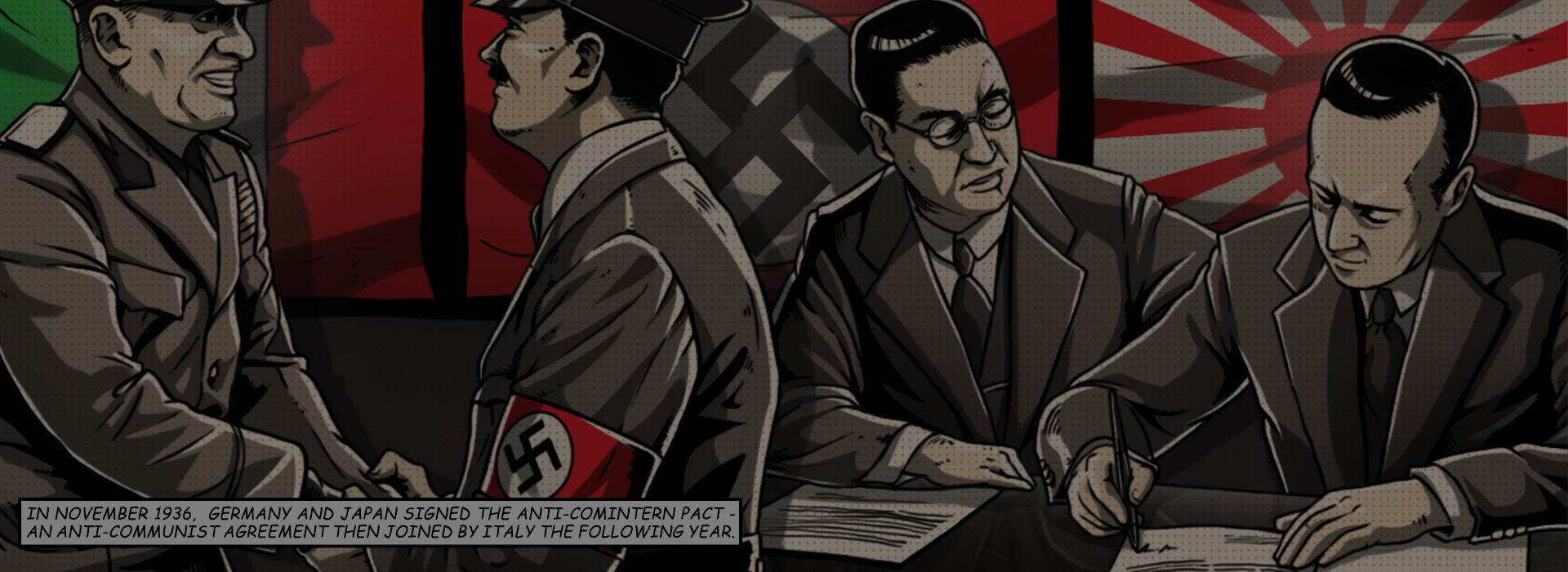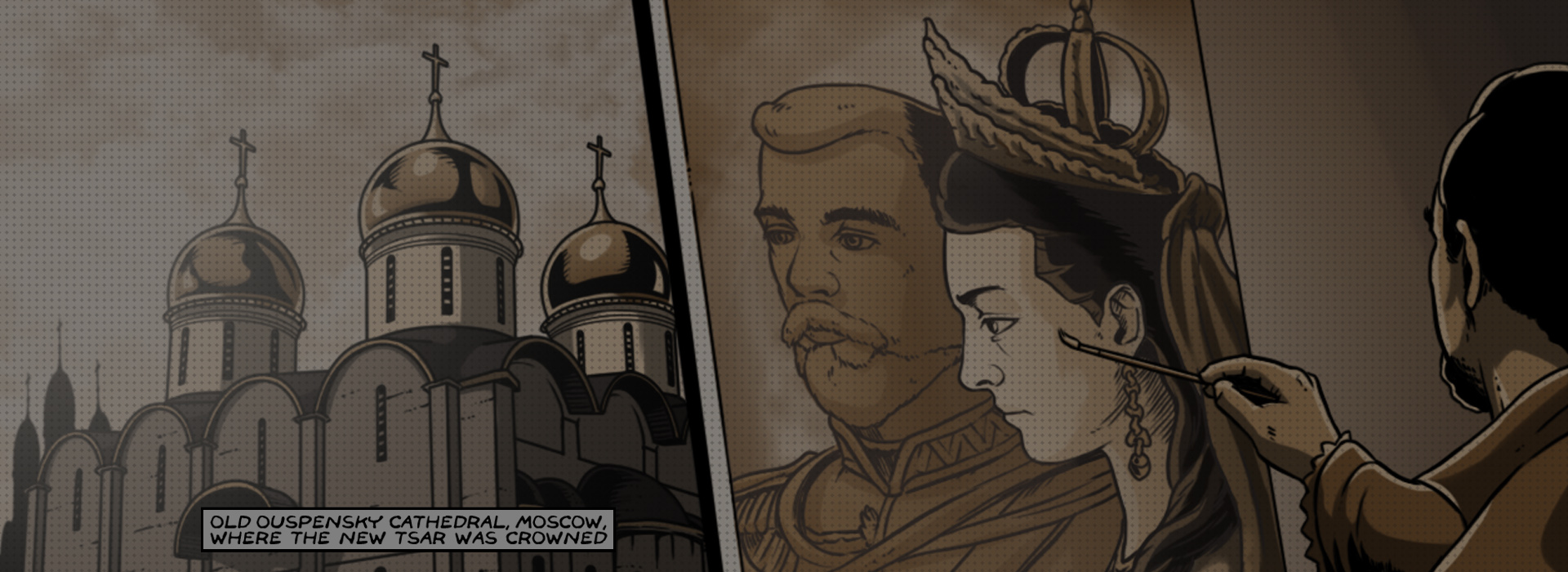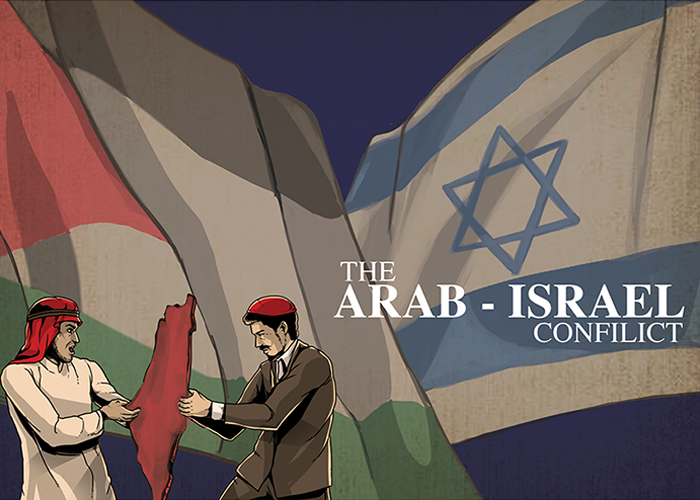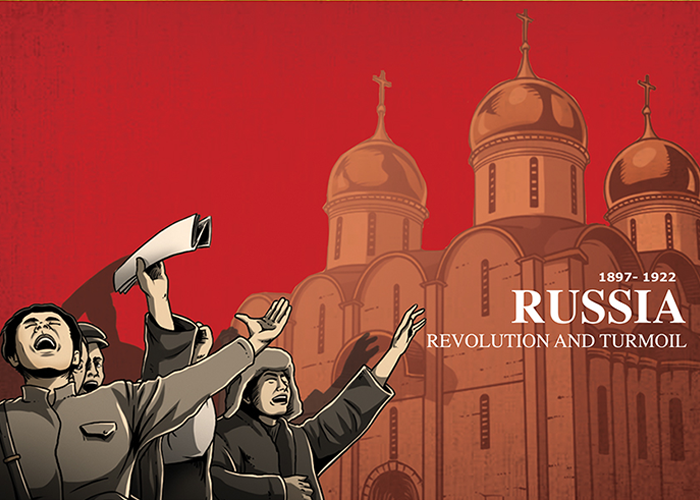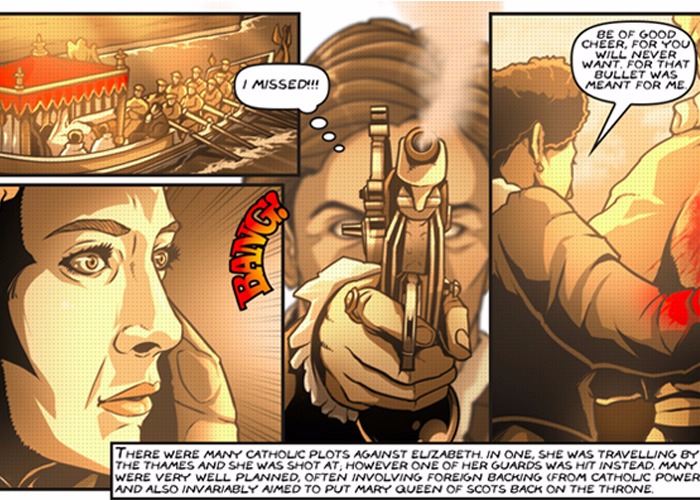Make History Kickstarter Campaign
Make History is a series of books developed for students following the GCSE, IGCSE and International Baccalaureate history curricula. They are designed to help them understand the essential details and framework historical topics through an engaging, visual-led approach. In just under 2 years, we have written and illustrated 12 books, with an additional 2 in their final stages of completion! Each book is in full colour with bespoke illustrations, in style of a graphic novel.
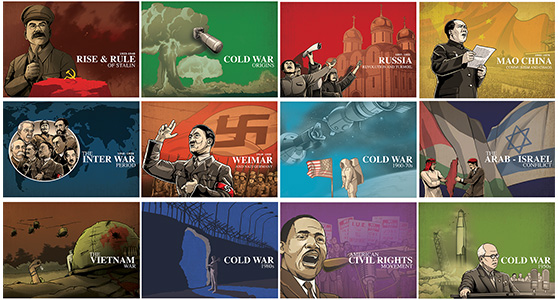
What is Make History?
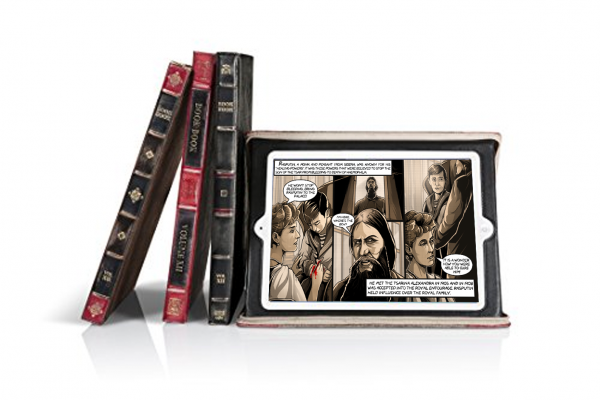
Curriculum relevant graphic novels that trace important Historical milestones through captivating imagery and clear factual accounts, Make History is available both in a set of print books and an online product.
Book Summaries
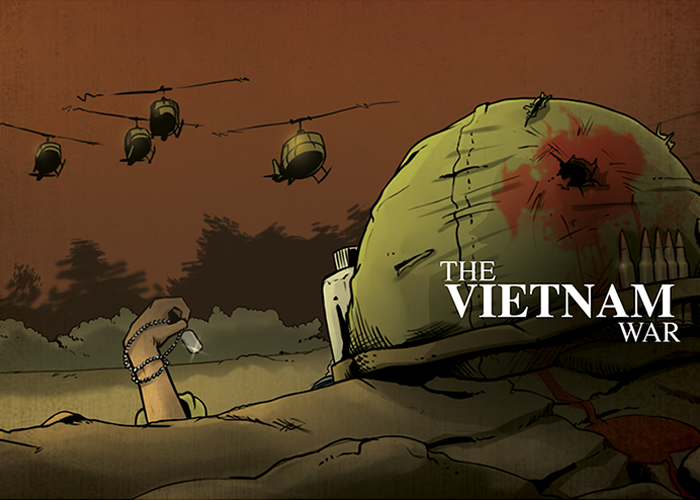
The Vietnam War
Learn about the history of Vietnam's struggle as it emerged from Independence and fought against the French under the leadership of Ho Chi Minh to the subsequent division of the country into two Zones (North and South). This book outlines the battle between the USA and the Communist backed North through the Presidencies of Roosevelt, Kennedy and Nixon. From Agent Orange to the Guerilla war waged by the Viet Cong read about the path that led the US to ultimately withdrawl from a war that was greatly opposed by a growing peace movement in the United States.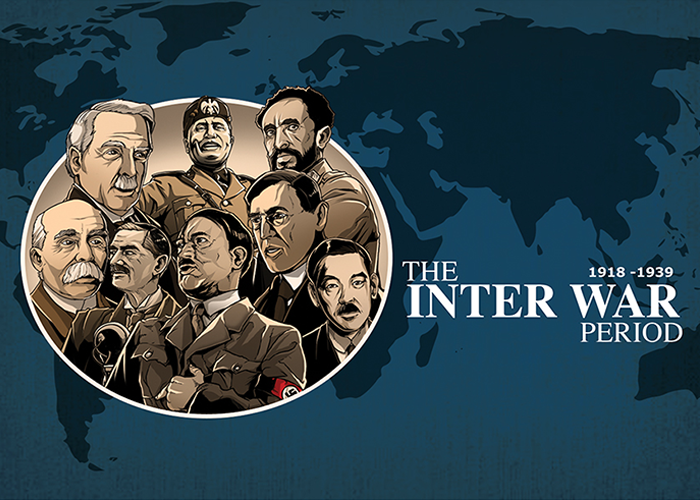
The InterWar Period
From the advent of the first world war caused by the assassination of the Archduke Ferdinand to the cessation of hostilities in 1914 the reader is invited on a journey to understand what followed for the people of Europe. Some European states fearing the lack of strict treatment of post-war Germany band together to pressure the USA which sees Germany as a buffer against the growing threat of Communism. League of Nations is established to prevent future wars. Germans continue with postwar reparations and culture with art and cinema flourishes. The USA experiences life after prohibition and the reader understands the impact of the Young plan on post-war Germany. Germany experiences the great depression during the 1930’s, which sees the rise of Hitler. Japan invades Manchuria and subsequently leaves the League of Nations, the Germans grow their navy along with the British and Italy invades Abyssinia. Hitler orders the departure of Germany from the league of Nations as their military ambitions grow. Italy’s campaign to create an Italian East Africa showcases the ultimate failure of the League of Nations. Germany invades a number of neighbours as well as the final straw with the invasion of Poland in 1939.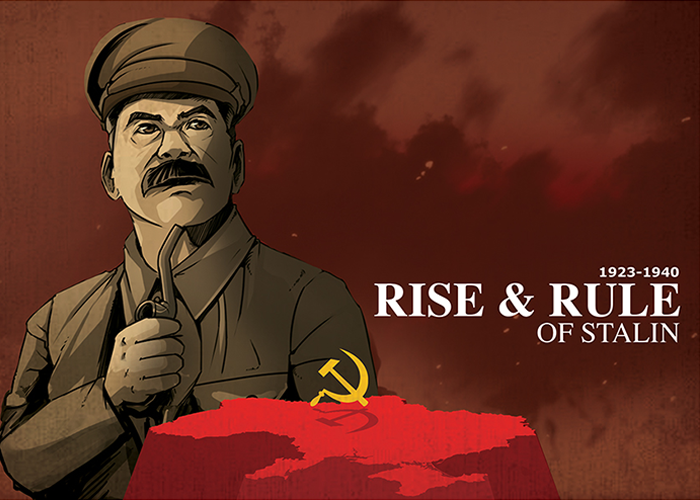
The Rise and Rule of Stalin
Following the death of Lenin, read about how Stalin fought for control of the Communist Party in Russia ultimately defeating Trotsky. The book takes the reader on a journey into how Stalin sought to industrialise Russia through a rigorous planning regime that was violently opposed. The book also showcases Stalin employed the heavy use of propaganda and the elimination of his enemies and rivals to change the face of Russia forever and exact a toll that let to a famine and uncountable deaths.
Cold War Origins
Dive into the differences between American and Communist ideology at its heart and how that led to a long standing conflict between the United States and its allies against the Soviet States and its sphere of influence. The story details the development of the Atomic Bomb and Russia’s suspicions on how the growing power of the United States viewed Communism. Japan is attacked not once but twice with nuclear force by the United States and Russia’s involvement in Manchurian campaign against the Japanese forces. From what started as an Allied state with the support of Communist Russia for the war against the Axis powers the book showcases how the vacuum left by the Nazis around Eastern Europe was filled by Communism. Poland, Bulgaria and Czechoslovakia all have the iron curtain descend. The Marshall plan polarises the communist backed Eastern European states and ensures that most of the post war aid is deployed to non Communist UK, France and West Germany. Stalin ultimately orders a block aid in Berlin and ultimately a chain of events leads to the formation of the North Atlantic Treaty Organisation (NATO) to show a force of strength in the face of the Communist threat.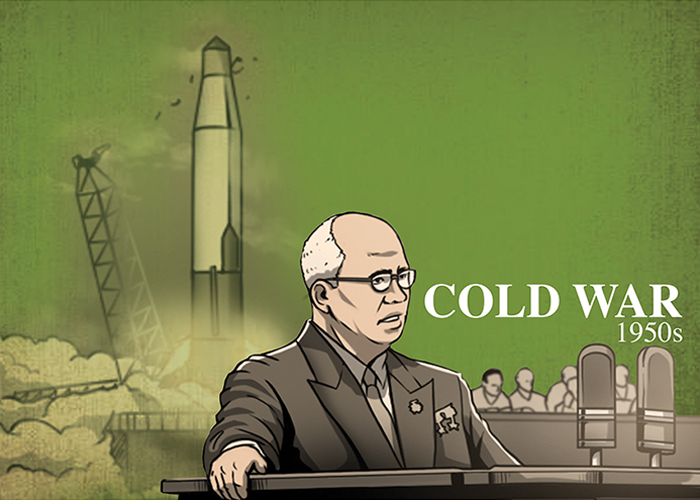
Cold War (1950s)
Keen not to be left behind in the Atomic weapons race the book showcases the reactions of the USA when confronted with a nuclear enabled Russia. The 1950s period sees the escalations and proxy war between the struggles of the Communist states such as the emergence of North Korea and its Southern cousin. The reader also explores how a change in Leadership with Krushev leads to a “Thaw” in the cold war and better relations with the West. However the arms race continued with the advent of the Hydrogen bomb and the Soviet apparatus introduces the Warsaw Pact to counter NATO. The book also showcases how the Hungarian uprising becomes a showcase for Communist strength. And finally the arms race becomes a space race for the super powers.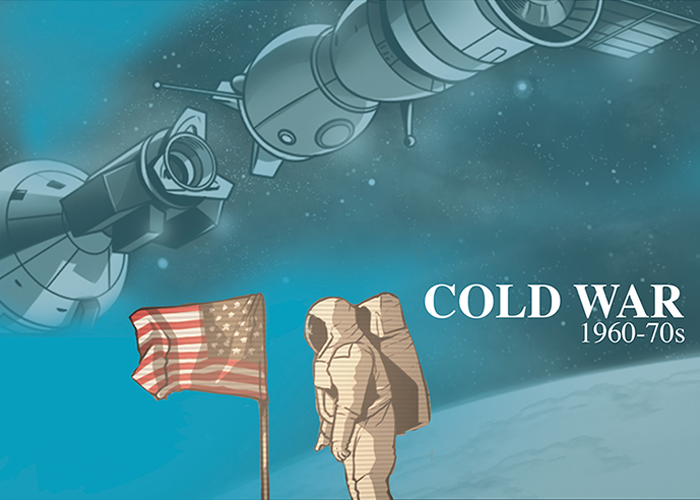
Cold War (1960s - 1970s)
This book delves into how the Cold War caused the USA and USSR to come to heads and near mutual destruction. The reader is captivated by the stories of the U2 incident, rising tensions over the continuing space and arms race over the two decades. With the USSR being first to orbit the earth, the United States sets out plans under Kennedy to conquer the Moon. On earth Berlin sets the stage for escalation of tensions as more people try and flee the east for the “free” west and the Cuban missile crisis sets the world in suspense to the nearest escalation of all out war. The reader is introduced to the de-escalation of tensions as witnessed by the Moscow Summit. The USSR and USA collaborate and even launch the first joint space flight with the Apollo-Soyuz Test Project in 1975 which ended the space race.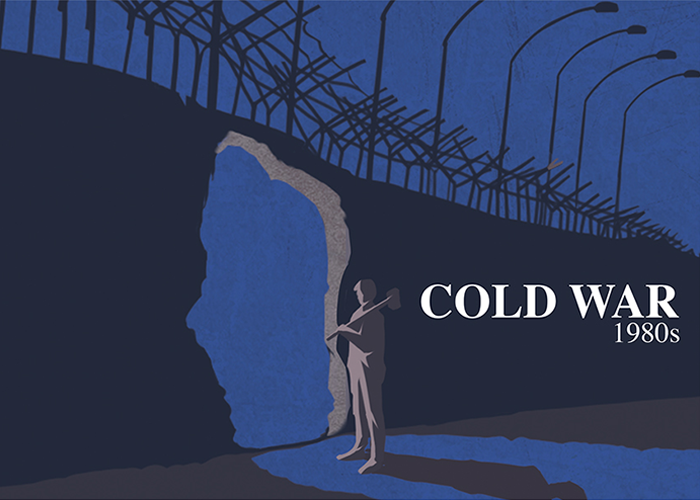
Cold War (1980s)
The rivalry between the Western world and the Eastern communist countries rose after World War II, mainly between the United States and the Soviet Union, followed by the allies of both. Showcased in the book is the Soviet-Afghan War and the American reaction to Afghanistan, and how The Soviet Economy was impacted in the mid 1980s. Read also about how Gorbachev’s domestic reforms for the Soviet Union did bring an end to the Cold War but ultimately led to a downfall of communism.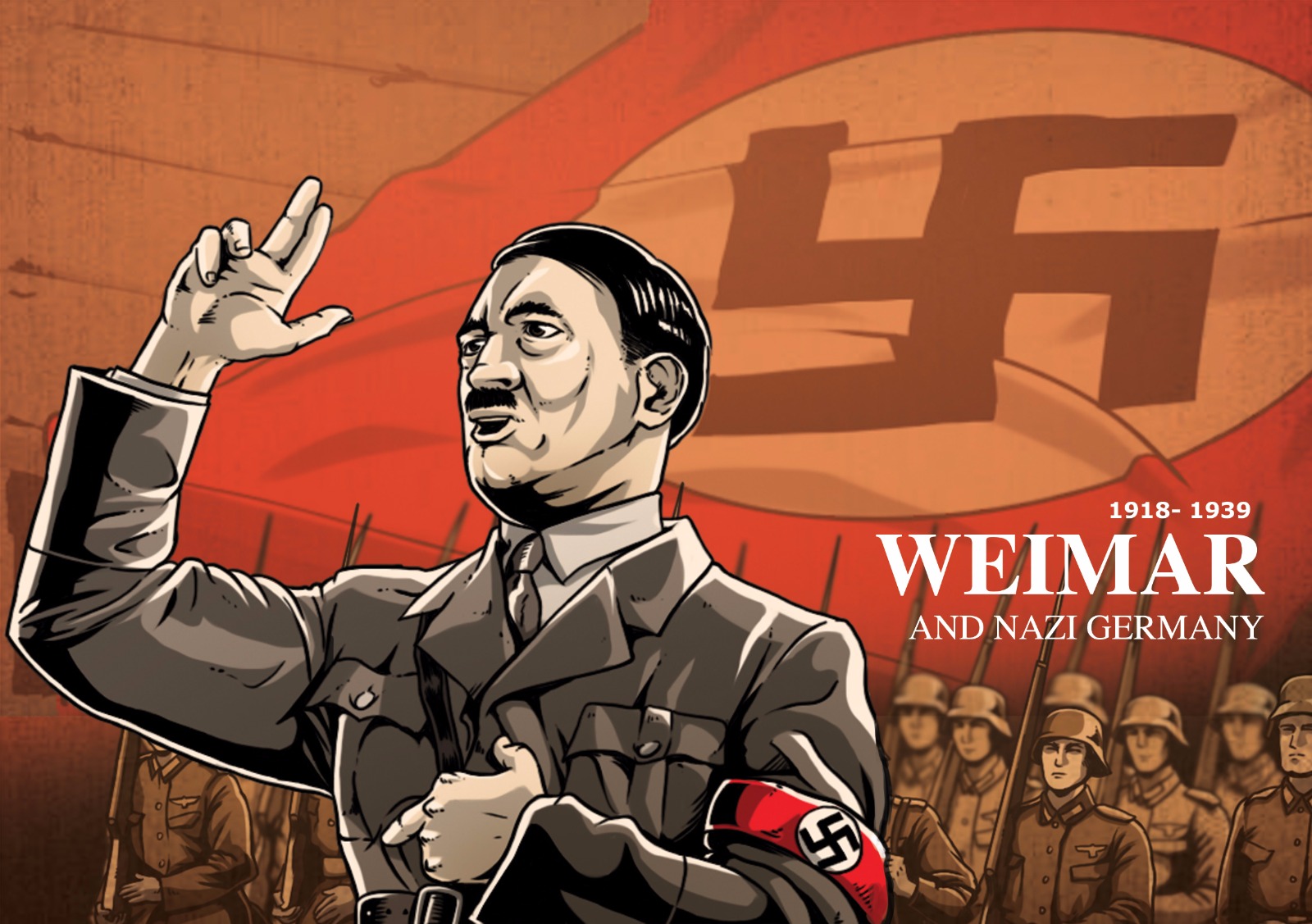
Weimar and Nazi Germany (1918-1939)
Past the fall of the Kaiser and the emergence of the Weimar Republic read about how post World War I Germany adjusted painfully to the terms set forth by the Treaty of Versaille. The book chronicles the rise of Hitler and his role in the Munich Putsch (uprising) that led to his incarceration and the penning of “Mein Kampf”. Propped by by massive loans from the US, Germany continued to struggle with reparations and ultimately the fall of the US Stock Market and its widespread economic impact results in a dramatic rise in unemployment in Germany. The Nazi party feeds on the people’s discontent and ultimately seizes power in a turn of events that leads to an aggressive stance on expansionist policies. Europe witnesses the birth of new alliances between the Nazi’s and the Soviets leading to the invasion of Poland and the ultimate declaration of war by Great Britain.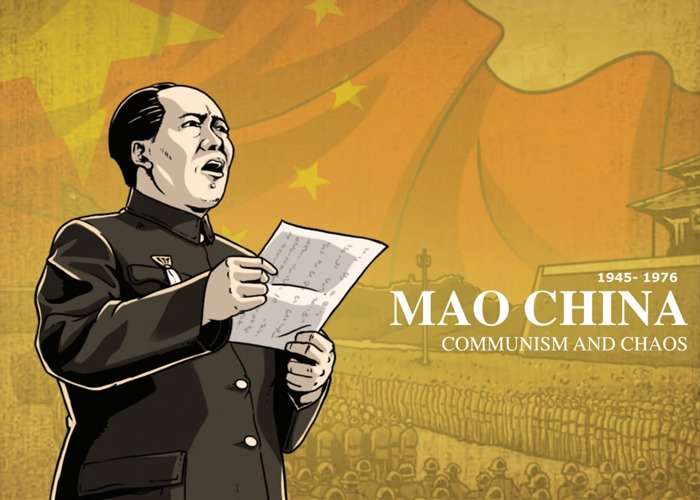
Mao’s China
With the intervention of both Japanese and Western forces, China was faced with a number of military defeats. Learn about the “Century of humiliation” for China that included the Opium wars and more. The book expresses how the chinese experienced the birth of the People’s republic of China throughout the rule of Chairman Mao, and how his legacy continued to have a strong hold in china, even after his death in 1976.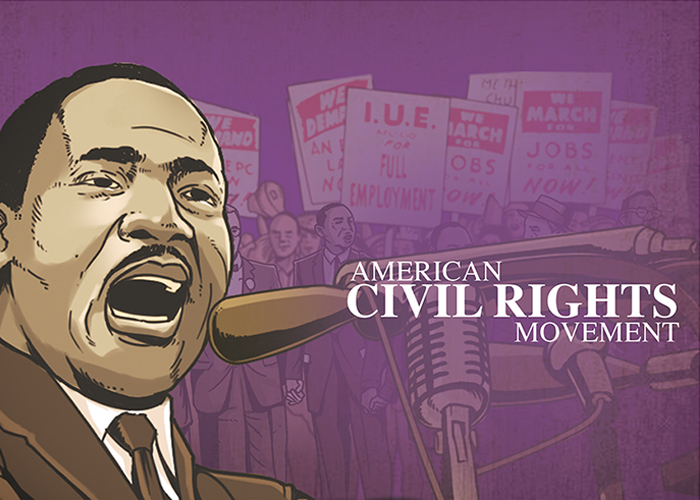
American Civil Rights Movement
From Rosa Parks and the incident that inspired a generation of African Americans and others to rise up against the grave injustices experienced by a lack of equal rights the reader bears witness to the rise of the Civil Rights Movement. Led by the enigmatic Reverend Martin Luther King, the movement swells to envelope the entire country after a series of marches and subsequent backlashes experienced in certain States. From the NAACP’s efforts to desegregate schools to the Civil Rights acts the reader understands the attitudes and the challenges of a pre civil rights America. King is showcased as the legendary, Nobel Peace Prize Winner who walked hand in hand with grass roots protestors and ultimately delivered civil rights for all in America and paid the ultimate price with his assassination.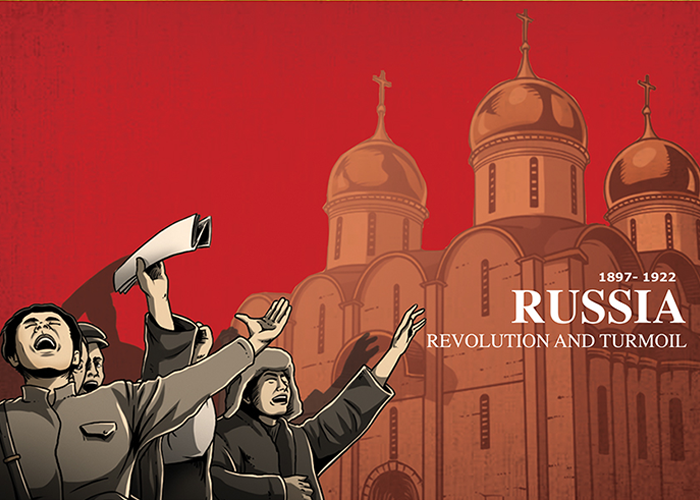
Russia Revolution and turmoil (1897-1922)
Learn how the Tsar’s rule helped keep Russia far from chaos despite it’s sheer geographical size and population. This book sheds light on the opposition to Tsardom resulting in the assassination of Tsar Alexander III. This meant the birth of Communist versus Socialist ideology. The reader can explore how Russia transitioned from Autocracy to Communism over time as a result of huge revolution and turmoil.Who is Make History for?

Teachers and Schools
Supported by Teacher’s materials and test questions, Make History is the ideal classroom companion for home study and easy reading. Compiled under the guidance of our expert in-house History teachers, the graphic novels come with a companion booklet; a quick guide on how to use them in the classroom. Interested in buying for your school?

Parents
Supported by Teacher’s materials and test questions, Make History is the ideal classroom companion for home study and easy reading. Compiled under the guidance of our expert in-house History teachers, the graphic novels come with a companion booklet; a quick guide on how to use them in the classroom. Interested in buying for your school?

Graphic novel enthusiasts
Supported by Teacher’s materials and test questions, Make History is the ideal classroom companion for home study and easy reading. Compiled under the guidance of our expert in-house History teachers, the graphic novels come with a companion booklet; a quick guide on how to use them in the classroom. Interested in buying for your school?

